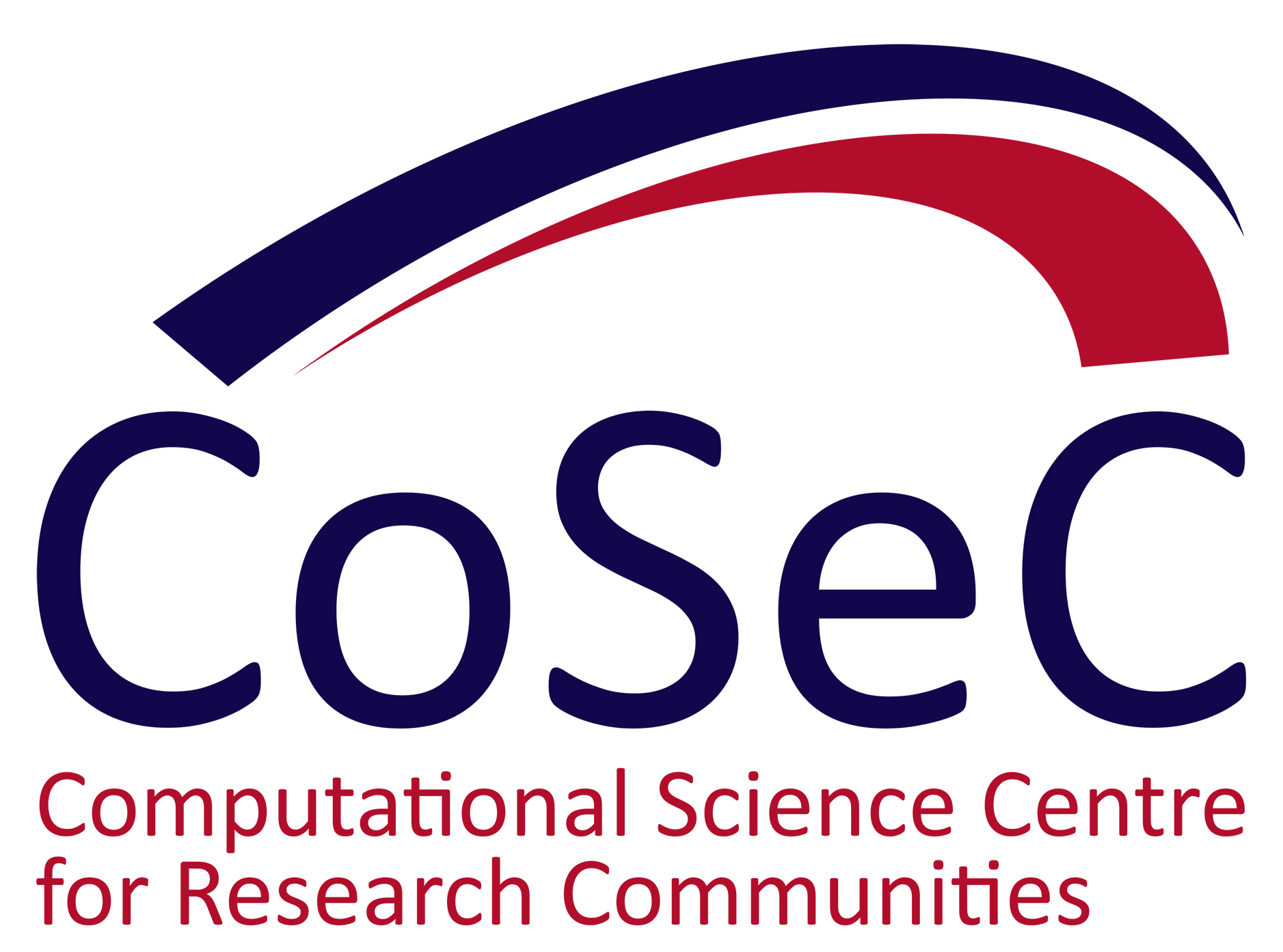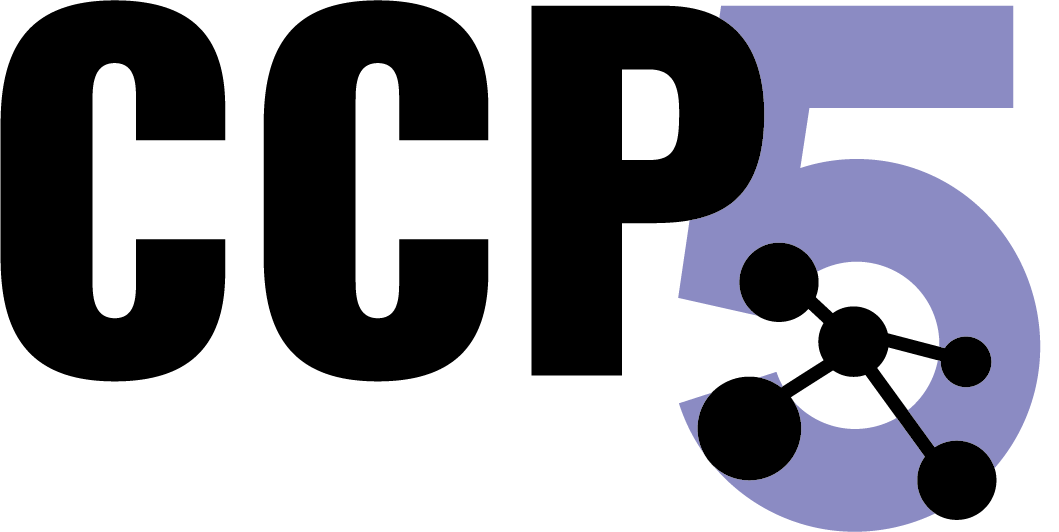

Collaborative Computational Project for the Study of the Electronic Structure of Condensed Matter
Dr. Jerome Jackson, of the Theoretical and Computational Physics Group (STFC), along with colleagues from the University of Leeds and King's College London, has been awarded 41.6 M core hours over a 12 month period on the Marconi100 supercomputer. The award is via PRACE1 to study magnetism in rare-earth garnets.
 Collaborative Computational Project for Computer Simulation of Condensed Phases - extended - CCP5++
Collaborative Computational Project for Computer Simulation of Condensed Phases - extended - CCP5++
A new EPSRC2 - network grant to support the CCP5 community has been announced. The network is called CCP5++ and officially starts in September 2021. It aims to build a new, integrated community of simulators, experimentalists and data scientists working in the field of condensed matter. Building on CCP5's networking and training activities, CCP5++ will also provide support for sandpit events, feasibility studies and placements for PhD students. Further details are due in October.
In the meantime, a new Software Seminar Series begins soon as part of the new network's activity, designed to develop an understanding of the software that is used within the CCP5 remit. Ultimately, CCP5++ hopes to understand which community-supported packages are popular within the UK, how these are used (and developed) by UK research groups, and hence where coordinated research software engineering support would produce the most impact on our collective software infrastructure.
To help gather and share this information, CCP5++ is organising an (online) seminar series in which members of the CCP5 community discuss the capability of the software tools they use, as well as showcasing the resulting research. It's hoped this will be of value to attendees seeking to find the best tools for their research, wherever those tools originate. To this end our first speaker will be Dr Matteo Salvalaglio, (Thomas Young Centre and Department of Chemical Engineering, University College London), 'Sampling, detecting, and analysing collective arrangements in atomistic simulations', Tuesday 25th of May 2021, 14:00-15:00.
For registration click here
In other CCP5-related news, a team consisting of CCP5 members: Benjamin Symons and Matthew Burn (University of Manchester); Dr Dimitar Pashov (King's College London); Dr Jacob Wilkins, (STFC - Rutherford Appleton Laboratory) and lead by Dr Alin Elena (STFC - Daresbury Laboratory) was one of the eight teams selected for the NVIDIA sponsored EPCC3 GPU Hackathon .
The team had the support of two mentors from IDRIS4 in France, Dr Remy Lacroix and Dr Very Thibault, and together they ported an add-on for DL_POLY5 to GPU FFLUX6 that implements machine learning (ML) with quantum chemical accuracy for molecular simulations. The team used the technology openACC7 and in three intense days managed to speed-up the training part of the ML algorithm by more than an order of magnitude. Future work will continue to port the code to GPU and hopefully, the lessons learnt will lead to DL_POLY itself being ported.

(From left to right) The UK Atomic, Molecular and Optical Physics R-Matrix Consortium; Collaborative Computational Project (CCP) for Quantum Dynamics in Atomic, Molecular and Optical Physics; CCP-Plasma and Plasma High-end Computing Consortium (HEC) supports research in the simulation of plasmas
The international workshop: 'Atomic and Molecular Data Needs for Plasma Applications' took place in April. It brought together these two scientific communities, with scientific, industrial and energy research applications in nuclear fusion, nanolithography, chemical engineering and astrophysics that require varied and accurate atomic and molecular physics data. The workshop was organised through CoSeC by the above CCPs and HECs, and attracted 23 speakers and 160 participants.
 Collaborative Computational Project for electron cryo-microscopy
Collaborative Computational Project for electron cryo-microscopy
Spring Symposium 20-23 April: Once again this very popular conference and workshop was held online and attracted more than 1850 participants worldwide, with talks from respected leaders in their field. Countries included - UK, Italy, Spain, Germany, US, Japan and Australia from high profile institutes including MRC-LMB, DLS, Crick, EMBL, Max Planck, Duke and MIT. To find out more details, view the programme . The talks were recorded for participants in other time zones who could not join the live sessions. Jonathan Oldfield (STFC -Digital Infrastructure Department) did a great job of managing the video-conferencing to enable a successful event.
1Partnership for Advanced Computing in Europe
2Engineering and Physical Sciences Research Council
3Edinburgh Parallel Computing Centre
4IDRIS
5DL_POLY Molecular Simulation Package
6FFLUX
7openACC
